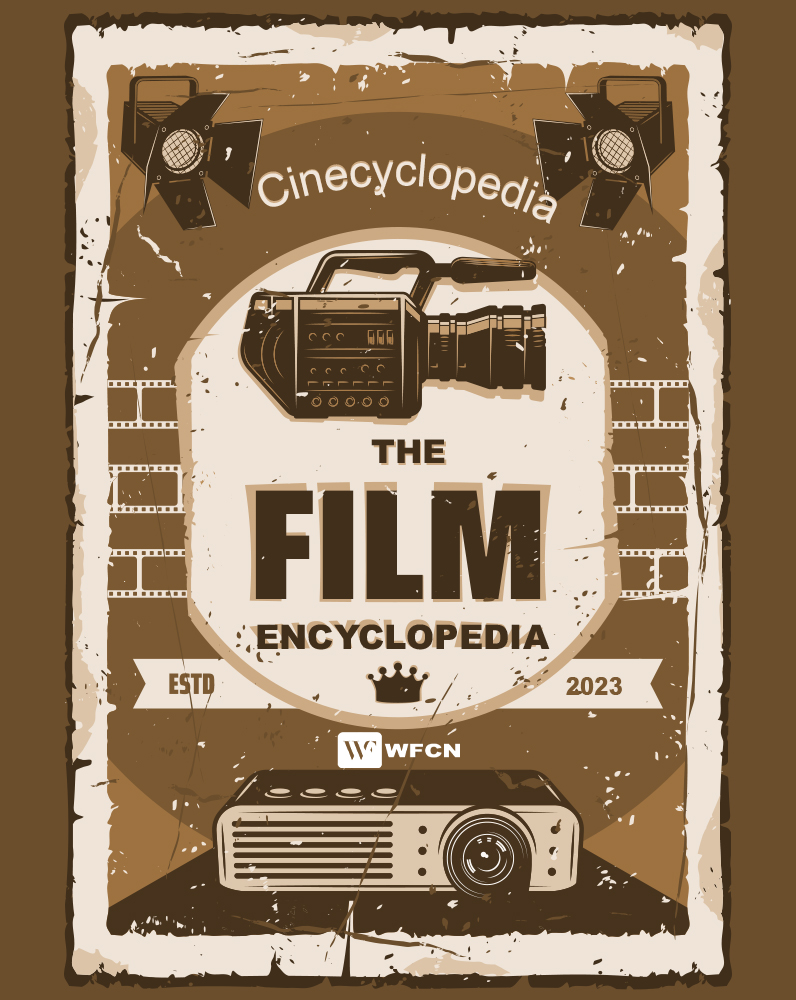Postmodern Film
Created on : October 26, 2023 16:58 | Last updated on : January 18, 2024 17:13
Denotation
Postmodernist film is a categorization for works that use cinema to express postmodernist themes and concepts. Some of the aims of postmodernist film are to challenge the audience's suspension of disbelief and to disrupt common assumptions of narrative structure and characterisation.

Introduction
Works that use the cinematic medium to express the concepts and themes of postmodernism are categorized as postmodernist films. A few of the objectives of postmodernist cinema are to challenge the audience's ability to suspend disbelief and to challenge conventional notions of characterization and story structure. In addition to dismantling the cultural barriers that separate high and low art, these films frequently subvert conventional representations of gender, race, class, genre, and time in an effort to produce non-traditional narrative expression.
Features of Modernist Films
Between World War I and World War II, modernist films reached its peak with elements like montage and symbolic imagery. It also frequently adopted expressionist and surrealist forms, as demonstrated by the works of Fritz Lang and Luis Buñuel. Meanwhile, postmodernist film, like postmodernism in general, is a response to modernist works and their themes (such as angst and nostalgia). It has been stated that modernist film examined and revealed the formal issues of the medium by bringing them to the fore. Modernist film challenged and exposed the ways in which movies produce meaning. Modernist cinema continued to develop at the same time as the auteur theory—the notion that a writer should create a work based only on their own vision—became more widely accepted. It has been said that "To investigate the transparency of the image is modernist but to undermine its reference to reality is to engage with the aesthetics of postmodernism. Compared to postmodernist films, modernist films have greater confidence in the writer, the person, and the reach of reality itself.
In many respects, postmodernism is interested in the liminal zone that more modernist or conventionally narrative offers would often avoid. In his book Creative Evolution, Henri Bergson explains that Once we place ourselves along the transition, the contradiction disappears and the obscurity is cleared up to distinguish states within it by making cross cuts therein in thoughts. The rationale is because there is more movement than there is position, meaning there are more potential pauses, and more transition than there is sequence of states, meaning there are more potential cuts."
Three essential traits frequently set postmodernist film apart from both modernist and conventional narrative film using tribute or pastiche extensively is one of them. The second component, known as meta-reference or self-reflexivity, emphasizes how an image is constructed and relates to other pictures in the media rather than to any sort of outside reality. A self-referential movie makes the audience aware that it is only a movie, either through visual cues or characters realizing they are merely in a fictional world. Furthermore, a lot of postmodern movies present tales that don't follow a chronological sequence; they break down or fragment time to emphasize how contrived everything is on screen. Bridging the gap between highbrow and lowbrow activities and creative styles is a third factor in common. An example of this would be a parody of Michelangelo's Sistine Chapel ceiling, where Adam is grasping for a McDonald's burger instead of the hand of God. A combination of high and low art might arise simply from the usage of pastiche and homage.
Some popular Postmodernist Films are listed below
Once Upon a Time in the West:
Critics frequently cite Sergio Leone's Once Upon a Time in the West as an illustration. The plot of the 1968 spaghetti western centers on a vicious villain, a mystery gunslinger with a harmonica, a gorgeous widow, and a charming but tough bandit who recently broke out of prison. Watching vintage American Western Movies helped Leone, Bernardo Bertolucci, and Dario Argento conceive the plot, and the result is a purposeful attempt to simultaneously honor and defy Western genre tropes and viewer expectations. The plot parallels to Johnny Guitar, the visual allusion of a clock stopping at high noon during a gunfight, and the choice of Henry Fonda as the story's evil antagonist—a purposeful subversion of Fonda's reputation as a hero established in films like My Darling Clementine(1946) and Fort Apache(1948) are some of the most notable examples of intertextuality.
Blade Runner (1982):
Blade Runner(1982), directed by Ridley Scott, may be the most well-known postmodernist film. In Scott's 1982 picture, human cyborgs known as "replicants" live in a dystopian future where they are considered dangerous enough to hunt down should they escape. The distinctions between film genres, civilizations, and usually distinct styles are greatly eroded, and a recurring motif in Postmodernist Cinema is the blending of different styles and eras. Another instance of the movie dissecting genre and cinema is the combination of science fiction and noir. This is an example of the postmodern trend of erasing genre and boundary lines to create a work that is self-reflexive. Postmodern fears were also addressed in Blade Runner 2049, the 2017 Academy Award–winning sequel.
Pulp Fiction:
Pulp Fiction, directed by Quentin Tarantino, is another film that embodies postmodernism. The film, which won the Palme d'Or, narrates the interwoven tales of robbers, boxers, and gangsters. In addition to dissecting chronological time, the 1994 movie has a special interest in intertextuality by using texts from both conventionally "high" and "low" art categories. Because of this media-first approach, the individual is viewed as "a loose, transitory combination of media consumption choices. Pulp Fiction uses asynchronous time lines to break up time, and it also incorporates styles from earlier decades into its film. Pulp Fiction illustrates the postmodern fixation with signals and subjective viewpoint as the only places where anything approaching meaning can be found by emphasizing intertextuality and the subjectivity of time.